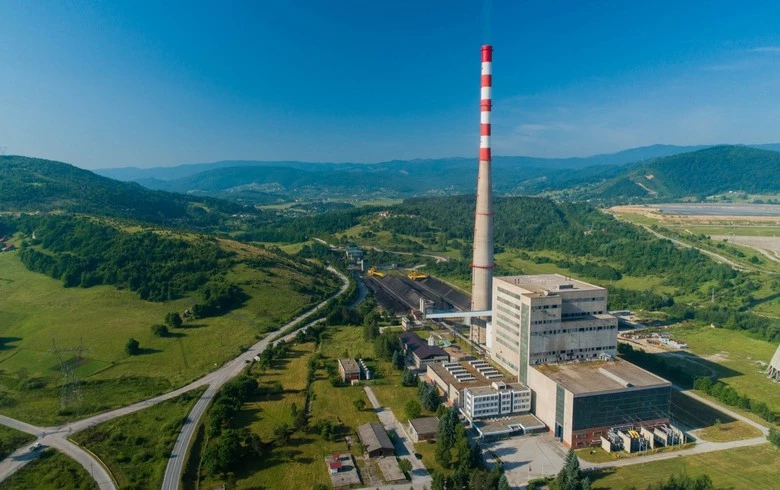Montenegro’s industrial production experienced a slight contraction in the first four months of 2025. According to data released by the statistical office on Friday, overall industrial output for the January-April period saw a year-on-year decrease of 1.2%.
This modest decline was predominantly influenced by a substantial drop in the output from the country’s utilities sector. While some sectors showed positive growth, the performance of the utilities industry pulled down the overall figures.
Sectoral Performance: A Mixed Picture
A closer look at the individual sectors reveals a varied performance within Montenegro’s industrial landscape during the first four months of 2025.
Utilities Sector Faces Significant Contraction
The utilities sector, which includes the supply of electricity, gas, steam, and air conditioning, was the primary driver of the overall decline. Its production shrank by a notable 12.4% on an annual basis during January-April. This significant drop in utilities output played a crucial role in the overall negative industrial production figure.
Growth in Mining and Manufacturing
In contrast to the utilities sector, both the mining and manufacturing industries demonstrated positive growth. The mining sector’s output recorded a robust increase of 9.9% year-on-year. This indicates healthy activity in extracting natural resources. Similarly, the manufacturing industry’s production expanded by 6.4% over the same period, suggesting a positive trend in the country’s goods production. These gains, however, were not enough to offset the larger decline in utilities.
April’s Performance: A Monthly Fluctuation
Looking specifically at the month of April 2025, Montenegro’s industrial production exhibited considerable volatility, showcasing both annual growth and a sharp monthly decline.
Year-on-Year Increase
In April alone, industrial production in Montenegro experienced a notable 12% increase compared to April of the previous year. This suggests a recovery or strong performance when benchmarked against the same month in 2024.
Monthly Contraction
However, when compared to the preceding month of March 2025, industrial production in April saw a significant 27% fall. This substantial monthly drop can be largely attributed to specific operational factors within the energy sector.
Impact of TE Pljevlja Overhaul
A key factor contributing to April’s monthly decline was the temporary shutdown of Montenegro’s sole thermal power plant, TE Pljevlja. The plant was switched off the grid on March 31, 2025, to undergo a major ecological revamp project. This critical upgrade is scheduled to last until mid-November.
It is important to note that TE Pljevlja typically undergoes a regular annual overhaul during April and May, making a temporary reduction in utilities output expected during these months.
Detailed April Sectoral Data
Breaking down April’s industrial production by sector provides more granular insight into its performance:
- Mining Sector: Output in the mining sector continued its positive trend, increasing by 4.1% in annual terms in April.
- Manufacturing Industry: The manufacturing industry showed impressive growth, with its production jumping by an annual 21% in April. This highlights strong activity in goods production for the month.
- Utilities Sector: Consistent with the year-to-date trend, the utilities sector’s output experienced a further contraction in April, shrinking by 5.9% year-on-year.
On a month-to-month comparison, the figures were even more dramatic due to the TE Pljevlja shutdown:
- Mining Output: A significant fall of 28% compared to March 2025.
- Manufacturing: A modest increase of 2.5% compared to March.
- Utilities Sector: A sharp decline of 60% compared to March, directly reflecting the power plant’s halt.
Annual Context: 2024 Performance
To put the early 2025 figures into context, Montenegro’s industrial output in the full year of 2024 recorded a slight increase of 0.2%. This marginal growth was primarily driven by positive performances in the mining and manufacturing sectors, similar to the trends observed in the first four months of 2025.
The challenge for 2025 will be to overcome the impact of the ongoing utility sector disruptions and build on the positive momentum seen in other industrial areas.








